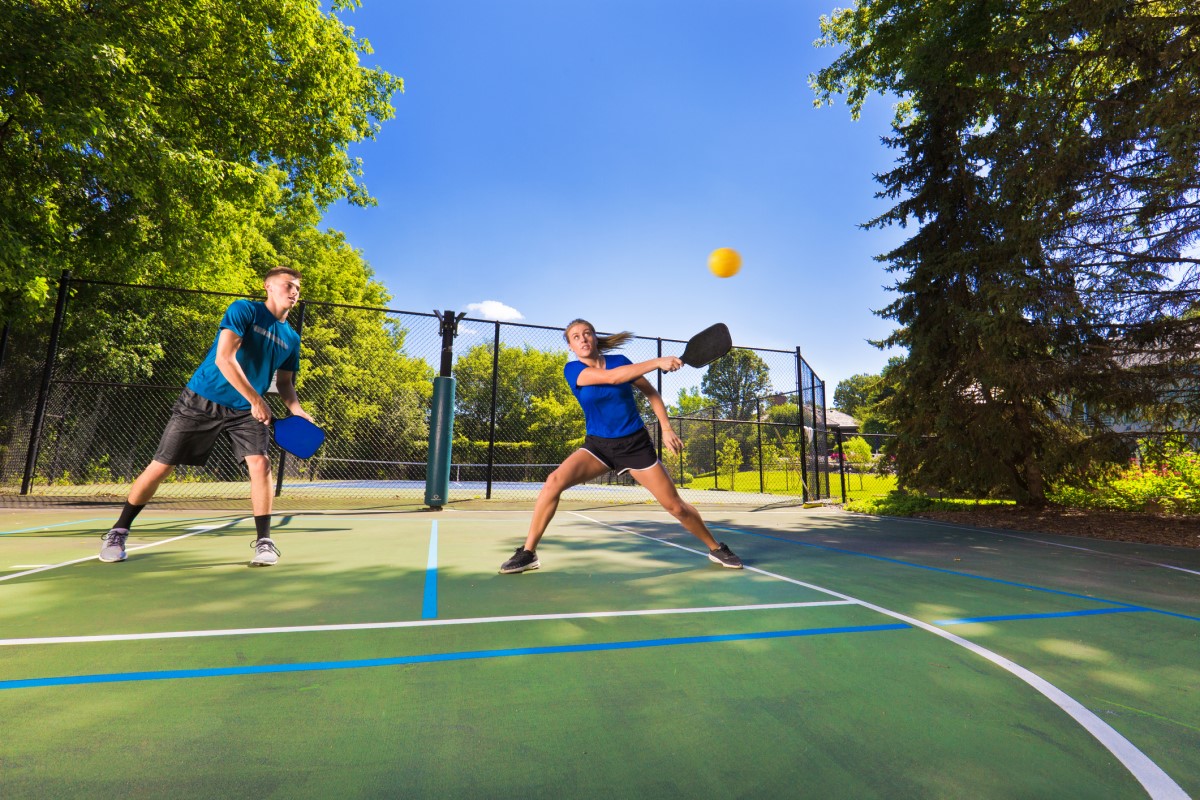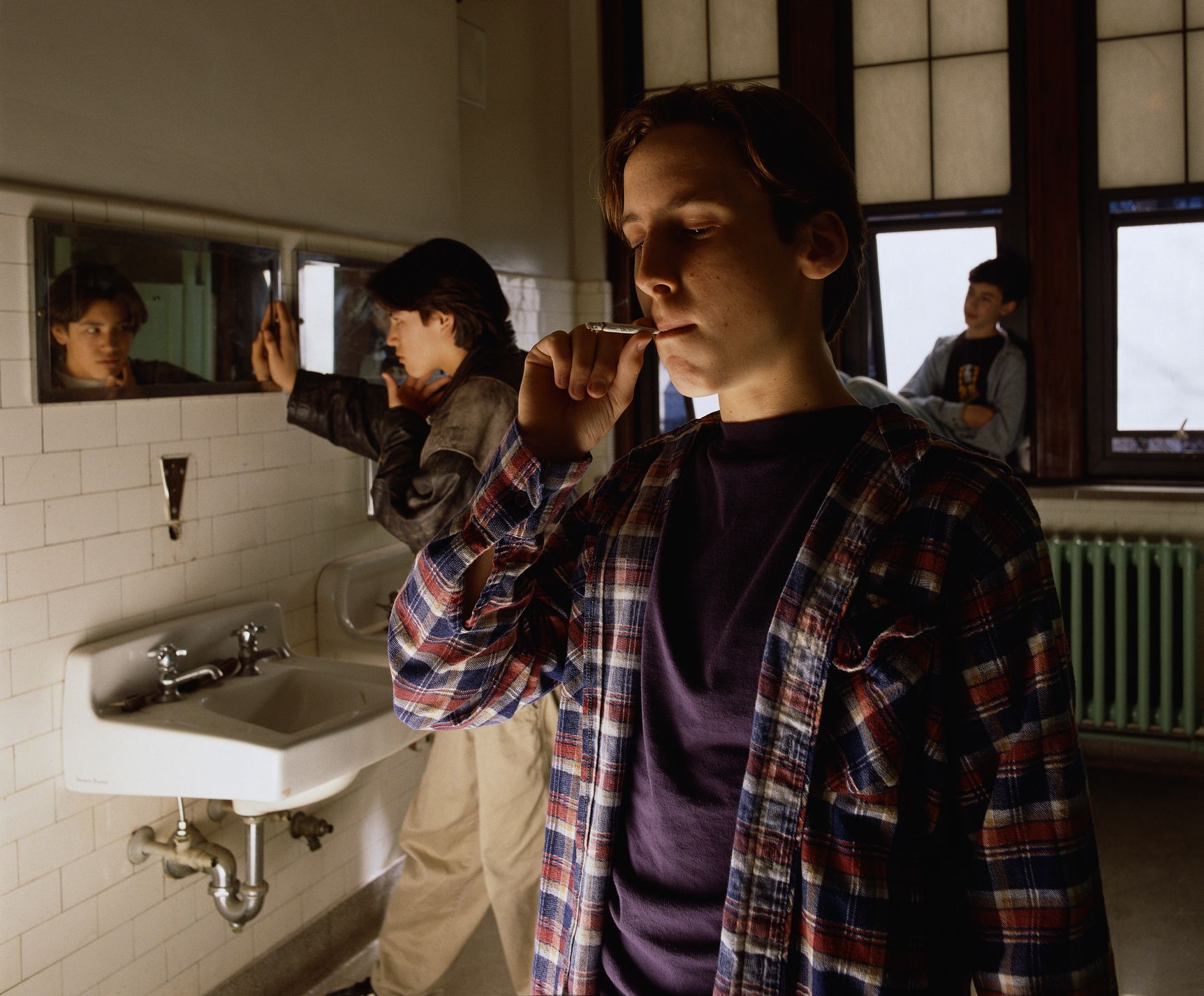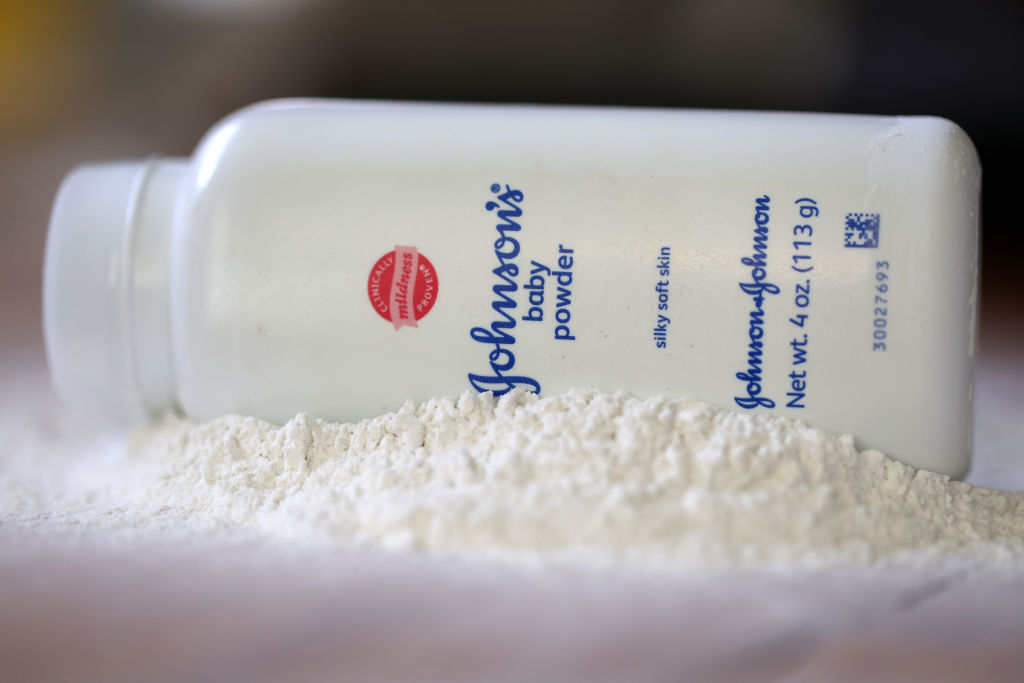What Can You Do About Pickleball Noise?
Some of us respond skeptically when we hear the word “craze” attached to any new and popular human activity.
Remember the sourdough craze? Flash mobs? Ice bucket challenges? So do we.
For many of us, the “pickleball craze” supposedly sweeping the nation has a familiar ring. Time will tell whether it is a passing fancy, but right now it is a big deal in many parts of the country. It is also somewhat controversial, and that’s why we are writing about it here.
Pickleball is a game involving hitting a ball over a net with a paddle — basically, a combination of tennis and Ping-Pong — and many people are crazy about it. They’re so crazy about it, in fact, that in many places around the country their passion has become a public nuisance.
A Question of Decibels
The problem is noise.
Although pickleball resembles tennis, there are notable differences that create elevated decibel levels when pickleballers gather.
- Unlike the soft, nap-covered balls used in tennis, the pickleball is hard plastic and much noisier than a tennis ball when struck.
- Pickleball courts are much smaller than tennis courts — about one-fourth the size. This means that at least four times more pickleballers can occupy the space of a former tennis court.
- Instead of stringed rackets of the type used in tennis, a pickleball paddle is a larger variation of the ones used in Ping-Pong.
- The exchanges in pickleball are much faster than those in tennis and more closely resemble those in Ping-Pong, leaving far fewer silent gaps between ball strikes than in tennis.
In other words, pickleball courts can create a lot of racket. It’s much harder on the human ear than badminton. And neighbors often aren’t happy about it.
Some Background and Some Stats
Pickleball has existed for some 60 years, but it began to grow in popularity five years ago and then exploded in 2020 as an activity well-suited for the pandemic. It has continued to grow in popularity since then and, according to the latest figures from the U.S. Sports & Fitness Industry Association, it claims 4.8 million players — double the number from five years earlier.
According to USA Pickleball, there were 9,524 places to play with around 35,000 courts at the end of 2021. There is demand for new courts, however, and hotel groups and sports clubs are converting tennis courts or building new pickleball courts.
So are local city councils, who are feeling pressure from constituent pickleballers to provide playing space for them. One pickleball association, in fact, produced a guide that provides instructions on how to convince local governments to act. “Showing up with 50 enthusiastic pickleball players holding paddles makes a big impact on decision-makers” at public meetings, one enthusiast noted.
Residents Fight Back
Non-enthusiasts, however, are usually outnumbered at such meetings, and when pickleball courts are built, they may pay a price in terms of peace and quiet. In Ridgewood, New Jersey, last year, complaints about pickleball noise from a converted municipal tennis court got so heated that police were summoned.
Disputes have arisen in dozens of localities. Most recently, a battle erupted in San Diego, where a group of pickleball proponents is targeting a set of 40-year-old tennis courts they want to convert to pickleball courts. The group recently took over a tennis court on the grounds that a permit had lapsed. Again, police restored order.
In May, the mayor of Mission Woods, Kansas, filed a lawsuit against the Mission Hills Country Club for the noise levels coming from pickleball courts on converted tennis courts. In Birmingham, Michigan, neighbors of the Birmingham Country Club mounted a campaign to halt the conversion of tennis courts to pickleball courts across the street from them. In Chestnut Hill, Pennsylvania, residents are threatening a lawsuit against the city.
Pickleball-related legal disputes are also occurring with homeowners’ associations. Irvine, California, attorney Nicholas Caplin said he’s represented members in more than 10 residential communities with claims against associations that allowed new or converted pickleball courts. Caplin said those cases settled with nondisclosure agreements. He also noted, however, that in most cases the noise was found to exceed noise provisions in HOA codes. In some instances, the homeowners’ associations agreed to halt pickleball or take steps to drastically reduce noise problems.
Noise Reduction Strategies
Municipalities, too, have noise regulations. So, if you are a resident who is experiencing excessive noise from a nearby pickleball court, those ordinances should dictate whether the courts are breaking the law.
It may be necessary to hire a noise-control expert to test if the sound levels exceed the level permitted in your local noise ordinance. When you can show that the levels are too high, according to Caplin, residents typically win.
One way for cities or pickleball groups to reduce noise and noise complaints is to construct a soundproofing fence or other sound barrier around the courts. In addition, quieter paddles and pickleballs are now available and may be required for courts that are close to residential areas. Another step municipalities can take is to prohibit play early in the morning or late in the evening.
We didn’t really intend to sound too cheeky in suggesting that pickleball is but another passing fancy. It looks like a fun game, and its emphasis on inclusion and camaraderie is refreshing. We hope it remains one of the fastest-growing sports and becomes a part of the recreational landscape.
But we also hope that residents and pickleball players can find peaceful solutions and happily coexist.
Related Resources
You Don’t Have To Solve This on Your Own – Get a Lawyer’s Help
Meeting with a lawyer can help you understand your options and how to best protect your rights. Visit our attorney directory to find a lawyer near you who can help.


.png?width=287&name=Untitled%20design%20(11).png)



